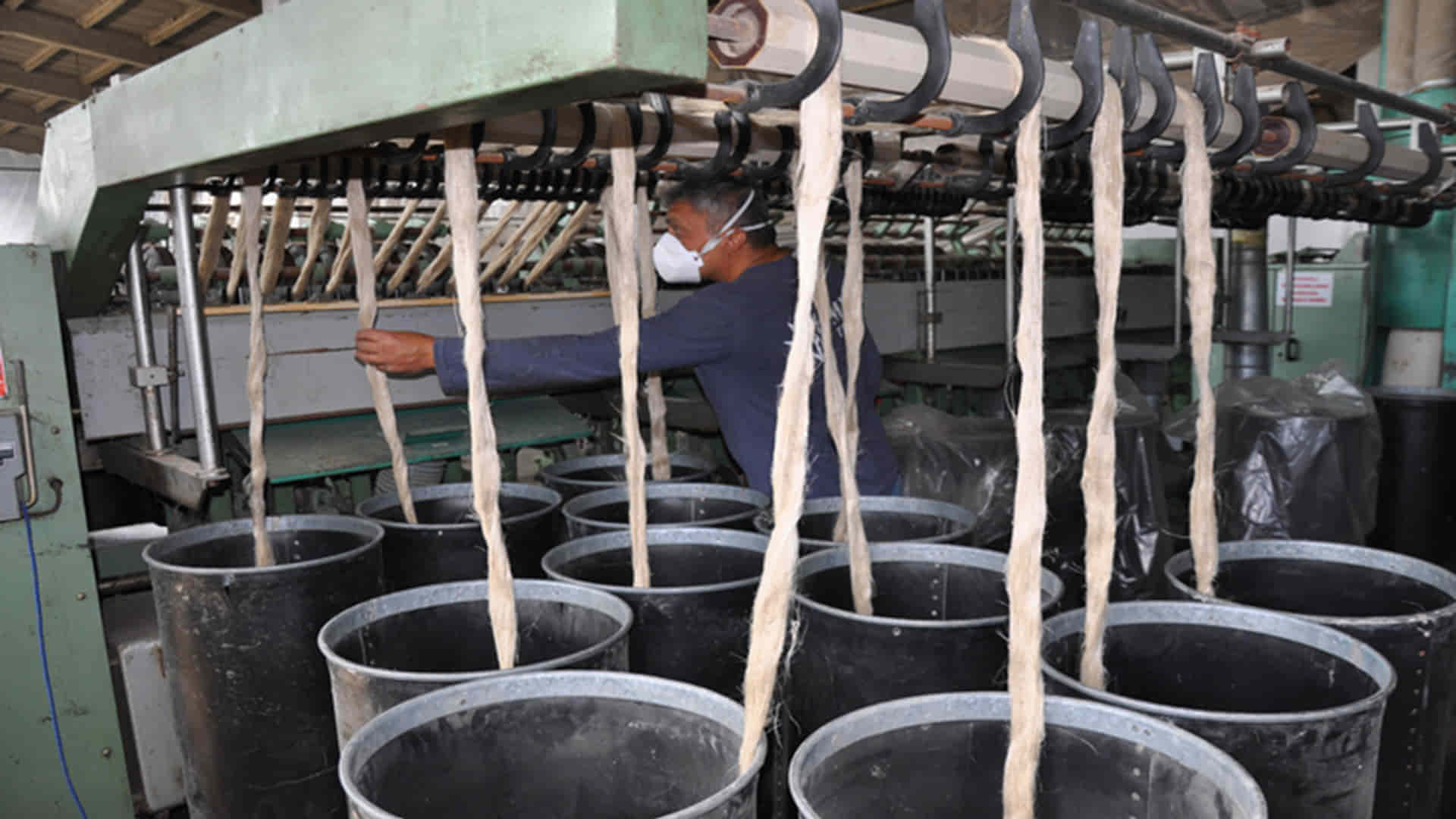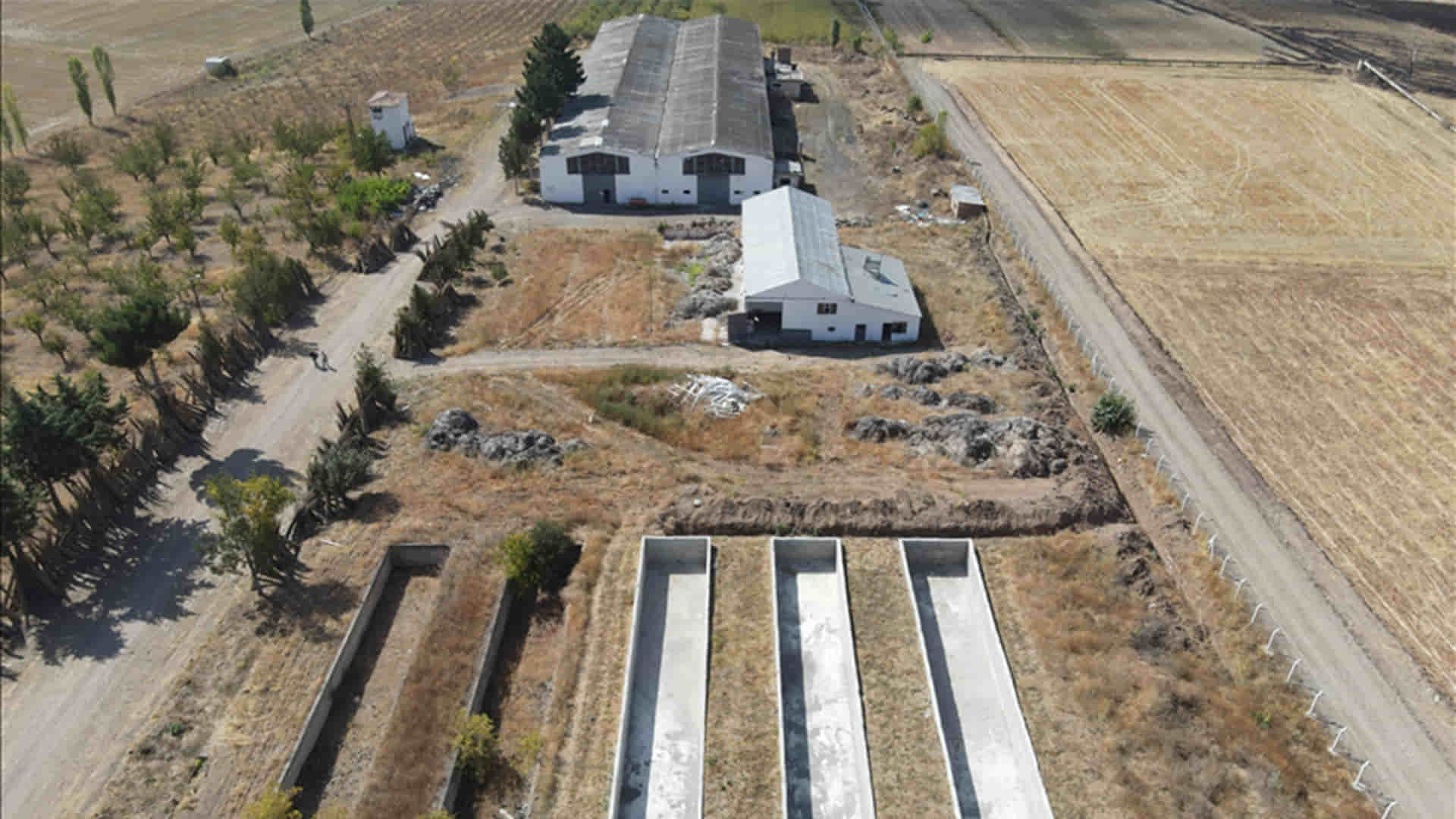The hemp factory founded by the Gümüşhacıköy İp Sicim Urgan Küçük Sanat Kooperatifi in Amasya was put into operation in 1984. However, the 3 thousand square meter factory was closed after 2 years due to economic reasons. Gümüşhacıköy İp Sicim Urgan Küçük Sanat Kooperatifi, supporting the popularization of hemp production for the development of the industry, rolled up his sleeves to get the factory back in operation after many years.
The factory had the chance to start production again by receiving 2 million 775 thousand liras of support from OKA and the purchase guarantee of MEM Tekstil factory. The hemp factory, producing yarn by processing hemp, is expected to contribute to the Turkish industrial sector. Head of OKA Tourism and Branding Unit Mesut Kılıç emphasized the revival of the factory with their support as follows: “This has been a turning point for both our producers and industrialists. If we consider this as a baby sector, the farmer was worried about finding a market. The producer was also worried about finding raw materials. As the state, we are a kind of guarantor for both the farmer and the industrialist.”

“We have the capacity to make 30 tons of yarn per month and 300 tons per year”
Stating that the factory has a budget of nearly 3 million liras in 2021 and that 30% of this goes to construction expenditures, Kılıç explained that the remaining 2 million is used for machinery and equipment support. Kılıç added that since the machines in the factory are not produced in Türkiye, the machine equipment was provided with the contributions of MEM Tekstil.
MEM Tekstil Technical Manager Ahmet Oruç said that as MEM Tekstil, they brought the hemp processing facility in Gümüşhacıköy, which had been idle for about 40 years, into operation as a result of a 2-year work. Noting that the factory has the capacity to produce about 3 thousand tons of hemp fiber and process hemp stalks, Oruç said; “We have the capacity to make 30 tons of yarn per month and 300 tons per year. The products we produce here attract great interest in the sectors of upholstery fabrics, home textiles, carpets and rugs.”
The factory, starting operations after many years, also provides employment to the workers in the district. Employing 10 people at the first stage, the factory will also contribute to the products of cooperation member farmers finding a place in the market.

